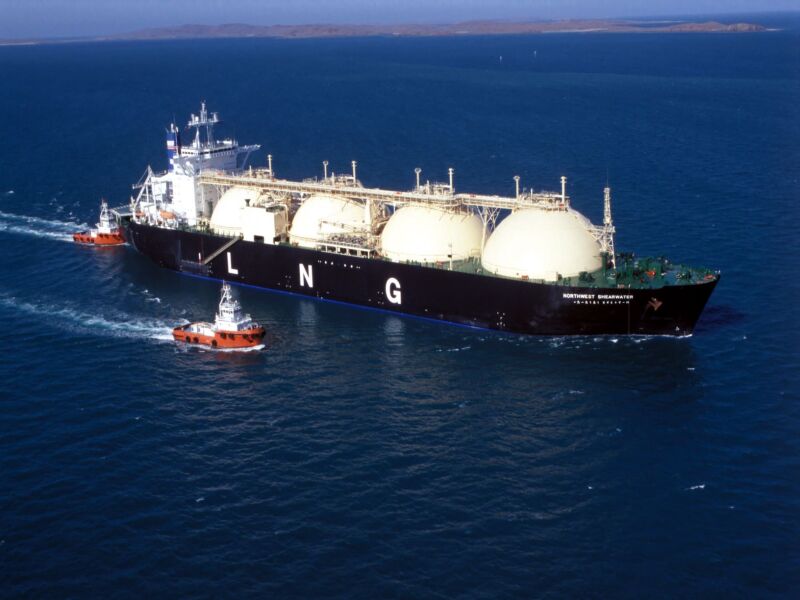A government report predicting higher US natural gas prices this year and next offered a bit of upbeat news for gas producers. But only a bit.
The forecast from the US Energy Information Administration (EIA) said prices should rise by nearly a penny—0.98 cent to be precise—to $3.01/MMBtu—with an accompanying chart showing prices rising later this year for the US benchmark Henry Hub price.
A price around $3 looks great compared to last year when the value of US gas dropped to the lowest level in a decade, dipping as low as $1.66, and is encouraging some production growth.
On the plus side, the global gas market has benefitted from a rebound in gas demand in Asia, which has pushed spot prices for liquefied natural gas (LNG) to as high as $20 in Asia, 10 times the level at the bottom on the market last year, according to Wood Mackenzie.
Drawdowns from gas storage are expected to support higher price levels even after winter weather ends and gas demand declines. Wood Mackenzie Vice President Massimo Di Odoardo predicted global prices will average $5.60/MMBtu, based on the benchmark price at TTF, a Dutch trading hub, up from $3.20 at the bottom last year.
If prices remain attractive, they could convince US LNG producers to invest the billions needed to boost US export capacity.
While international markets have aided US gas producers, the majority of the production is still consumed domestically, where prices are capped.
For those with long memories, gas prices around $3 were once the opposite of high prices. That price now is looking to be near the price ceiling because US buyers in the electric business can turn to low-cost wind, solar, and coal for power generation.
“Higher natural gas prices would lead to natural gas-to-coal fuel switching and to more competition from renewable generation sources from expected renewable capacity additions in 2021,” the EIA report said.
EIA forecasts natural-gas consumption in the electric-power sector to decline by another 1.7 Bcf/D to an average of 26.4 Bcf/D in 2022.
Based on the spending for new generating capacity in renewables, that trend will be hard to shake. Last year, 70% of the spending was for wind and solar. The EIA report showed gas spending at 16% of the total, followed by battery storage at 12%.
The report said battery capacity is on a path to quadruple, as it becomes part of wind and solar developments. It adds value by storing excess power for use when renewable power is not available, filling a role once reserved for gas.
Gas demand from US industrial and residential users is expected to rise slightly. That assumes the economy grows as expected, despite COVID-19, and that a prediction of a slightly cooler winters ahead is correct.
The sector with the most potential appears to be exports, which are expected to exceed imports by a growing margin over the next 2 years, with half flowing via pipelines and half shipped as LNG.
Demand for gas globally will benefit from rising electric demand, particularly in developing countries. But there is a glut of gas in the world and demand growth is limited as government policies seeking to reduce carbon emissions limit hydrocarbon use. A recent report from McKinsey and Co. showed slow future growth for gas with demand peaking in 2037.
Long-term gas demand will depend on finding ways to decarbonize methane. The most likely option at this time appears to be by conversion into hydrogen.
“Decarbonizing natural gas will become a strategic priority for the gas industry,” Odoardo said.


